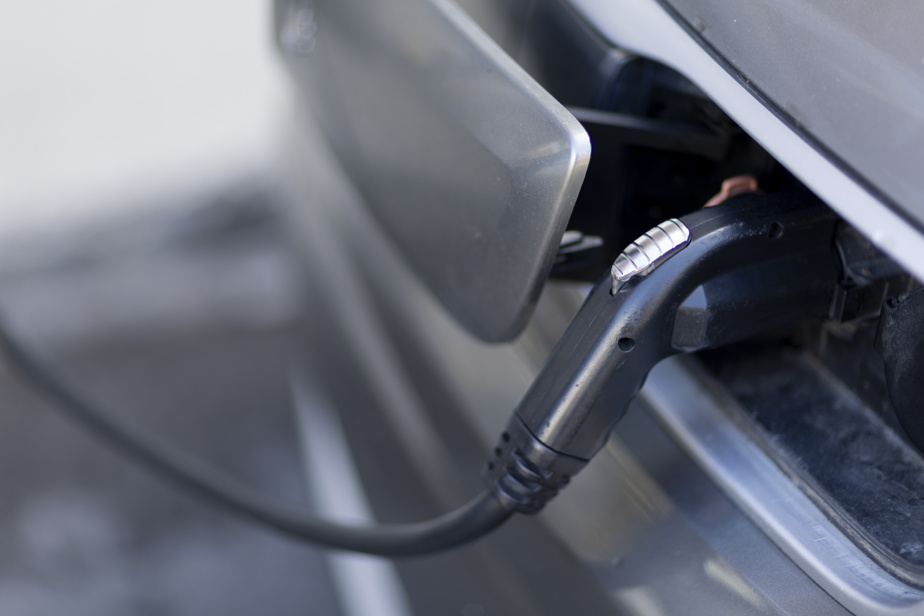All electric vehicle owners, one day or another, will ask questions about the lifespan of their battery, and for good reason, considering that it can represent up to 70% of the price of the vehicle. . However, certain recent studies are enlightening in separating fact from fiction regarding the longevity that we can expect.
Battery replacement is rare
Even though our knowledge deepens over time, there remain certain prejudices regarding electric vehicle batteries, notably the belief that a battery only lasts a short time, after which it would be disposable. It’s wrong.
In fact, replacing an electric vehicle battery is very rare and, if necessary, it will probably be done during a period when the battery is still under the manufacturer’s warranty.
That said, even if manufacturers assure that the batteries have a lifespan of several decades, the degradation of the cells of these batteries can nevertheless be very real and reduce the maximum autonomy of the vehicle.
Battery degradation: myth or reality?
The question is not trivial, even though it comes up frequently among readers of this column.
So yes, over the years, there is indeed a so-called calendar degradation (due to a chemical cause), which will ensure that the battery cells will no longer retain as much energy as when they were new, and this , regardless of the use made of the vehicle.
In fact, even if it wasn’t running, a five-year-old electric car would have slightly less battery capacity than the same model of new vehicle.
Over time, we may observe a degradation of the battery up to approximately 80% of its initial capacity. We also notice that the degradation is more pronounced during the first 30,000 kilometers, and then becomes less and less significant.
The second factor in battery degradation is linked to the number of battery cycles, a battery cycle corresponding to a full charge of the car’s batteries.
Depending on the manufacturer, we can consider that the road user will be able to do 300 to 1000 cycles before the residual capacity of their battery drops below 80% of its original capacity. And generally, that won’t happen before around 200,000 kilometers on the odometer.
Batteries under warranty
According to studies, the user can trust its guarantees. However, in the unlikely event that a battery problem arises and requires replacement, the bill can run into several thousand dollars, of course, but since battery warranties are five to eight years on most models, the problem is less.
Moreover, in practice, if a battery deteriorates by more than 30% during the warranty period, the manufacturer is required to replace the battery pack at its expense.
On this subject, note that most studies report on the batteries most present on the market, namely nickel-manganese-cobalt (NMC) and nickel-cobalt-aluminum (NCA) batteries. The data here does not apply to lithium-iron-phosphate (LFP) batteries which, in any case, are known to have a longer lifespan.
So, unless a very rare electrical problem occurs, an electric vehicle owner will not need to change their battery.
But for the sake of exercise, let’s take things to the extreme. If the owner found themselves in a situation where they needed to change their battery, out of warranty, they would then have two options. He could either replace the entire battery or just the faulty cell(s). The cost of the operation would then depend on the number of cells to be changed.
Keep your battery healthy
As you can never be too careful, there are certain precautions to take to keep your vehicle’s battery in good health for years, starting by avoiding rapid recharges.
First, it is recommended not to plug in your vehicle every evening and to maintain the charge level between 20% and 80%, no more. Conversely, we recommend not letting the battery drain completely.
Finally, for most models, it is also recommended not to store the vehicle with a very low battery for a prolonged period, nor too full. Between 25% and 75% would be ideal.
Ultimately, we see that the myth of the disposable battery does not hold water. With normal use, we can hope that an electric car battery will still have at least 80% of its remaining capacity after 15 years, which is, all in all, very respectable.
